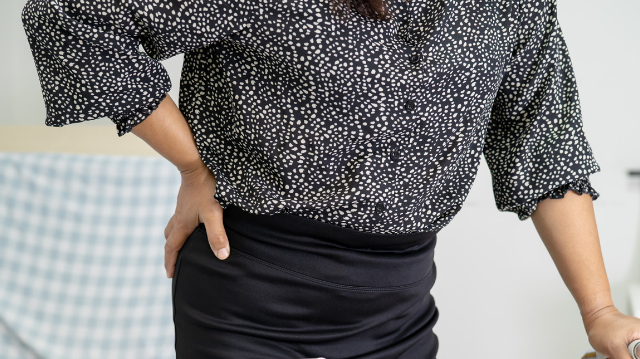News
Hip Pain? You Won't Believe What This New Study Found

If you have hip pain, you're not alone. Hip pain is a common condition that affects people of all ages. But there is good news: a new study has found that exercise therapy is effective in reducing pain and improving function in patients with hip osteoarthritis (OA).
What is exercise therapy?
Exercise therapy is a type of physical therapy that uses exercise to improve physical function. Exercise therapy can help to reduce pain, improve range of motion, strengthen muscles, and improve balance and coordination.
What does the research say?
The study, which was published in the journal PMC, reviewed 18 clinical trials that evaluated the effect of exercise therapy on pain and function in patients with hip OA. The study found that exercise therapy had a beneficial effect on both pain and function, both immediately after treatment and at 6–9 months after treatment.
How does exercise therapy work?
Exercise therapy works in a number of ways to reduce pain and improve function in hip OA. Exercise can help to:
- Strengthen the muscles around the hip joint
- Improve range of motion in the hip joint
- Reduce inflammation in the hip joint
- Improve balance and coordination
What types of exercises are beneficial for hip OA?
There are a variety of exercises that can be beneficial for hip OA. Some specific exercises that may be beneficial include:
- Hip strengthening exercises, such as hip bridges and clam shells
- Range–of–motion exercises, such as hip circles and leg swings
- Aerobic exercises, such as walking, swimming, and biking
Our Recommendations – See A Physical Therapist First
If you have hip pain, we recommend that you see a physical therapist first. A physical therapist can help you to get a diagnosis and develop a treatment plan. They can also help you to learn exercises to reduce pain and improve function, develop a safe and effective exercise program, modify your activities to avoid further pain, and use assistive devices, such as canes and walkers, to help you with your activities.
Disclaimer:
The information in the articles, posts, and newsfeed is intended for informational and educational purposes only and in no way should be taken to be the provision or practice of physical therapy, medical, or professional healthcare advice or services. The information should not be considered complete or exhaustive and should not be used for diagnostic or treatment purposes without first consulting with your physical therapist, occupational therapist, physician or other healthcare provider. The owners of this website accept no responsibility for the misuse of information contained within this website.